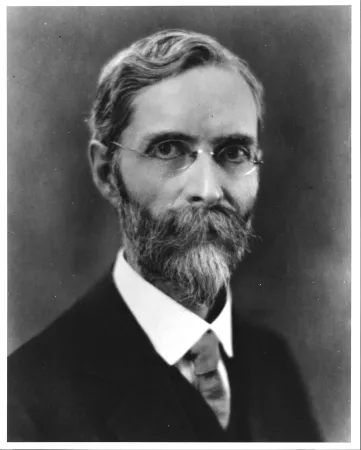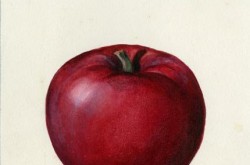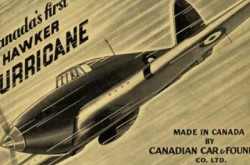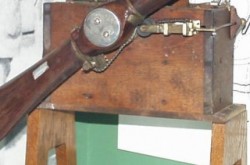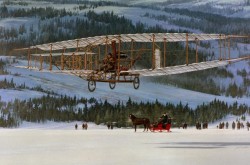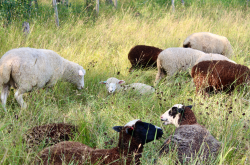Charles Saunders, 1867–1937
This article was originally written and submitted as part of a Canada 150 Project, the Innovation Storybook, to crowdsource stories of Canadian innovation with partners across Canada. The content has since been migrated to Ingenium’s Channel, a digital hub featuring curated content related to science, technology and innovation.
What do a classical musician and your morning bowl of cereal have in common?
While Charles Saunders’ first love was music, he gained renown as the developer of Marquis wheat. Charles Saunders abandoned a music career for work as a government plant scientist, a change that paid dividends to Canadian farmers.
Charles was the fifth child in a talented musical and scientific family. His father, William Saunders, was a renowned horticulturist and a founding director of the Central Experimental Farm in 1886. The Farm, then located on the outskirts of Ottawa, was established to develop plants suited to Canadian growing conditions. William offered Charles a position as an experimental plant breeder, which Charles initially refused because he was preoccupied with music. William ignored Charles and appointed him to the job anyway. Charles finally accepted and in 1903 continued work on early-maturing wheat begun earlier at the Farm.
Through meticulous selection, field trials, and baking tests, Charles developed a wheat variety called Marquis. First widely distributed in 1909, the Marquis variety allowed prairie farmers to harvest a high-yielding wheat in the Canadian west’s shorter growing season. Marquis became Canada’s dominant wheat variety and established Charles’s fame as plant breeder.




